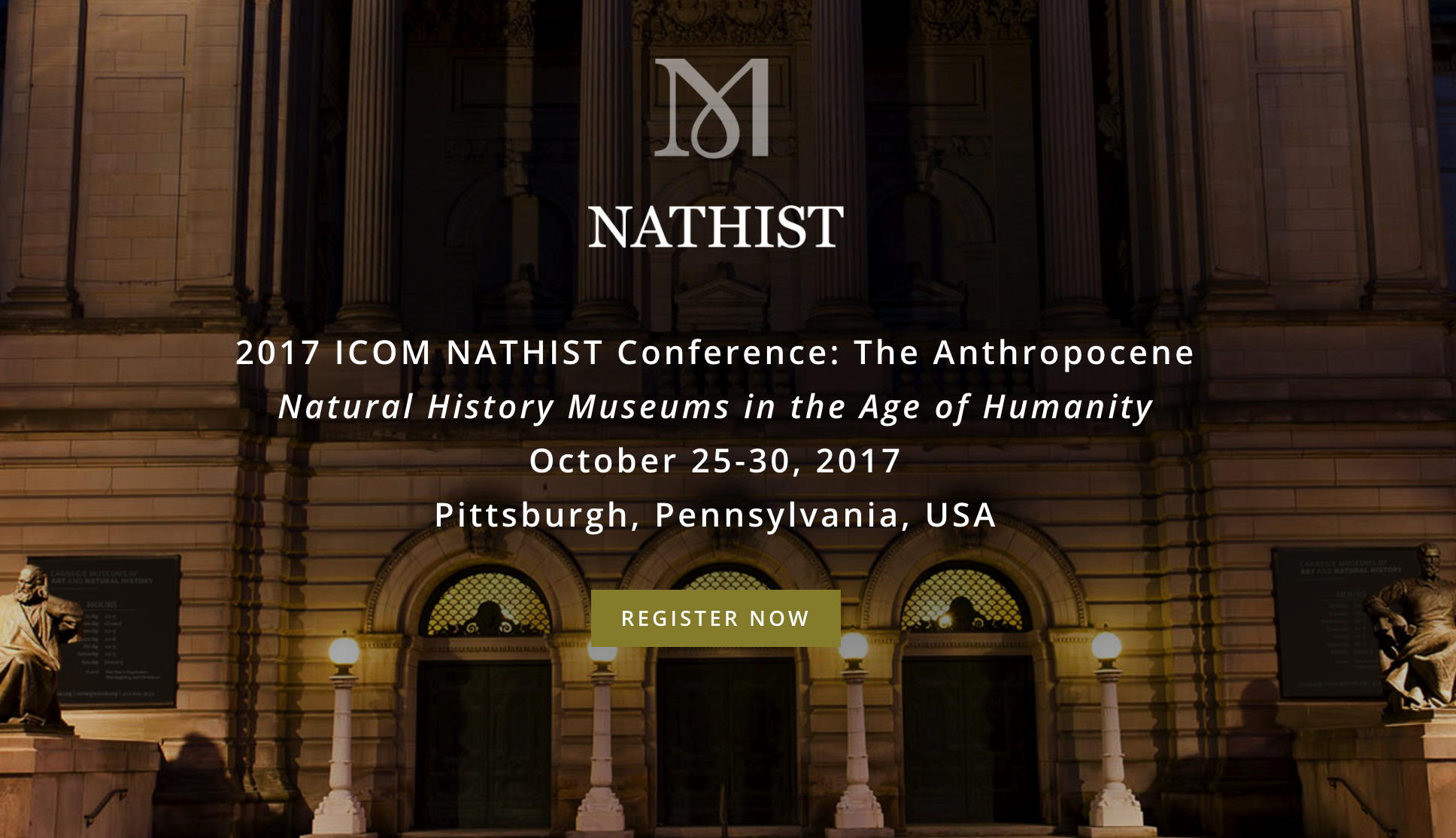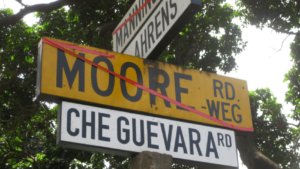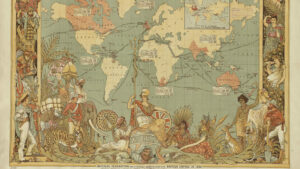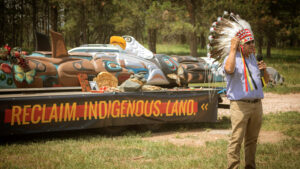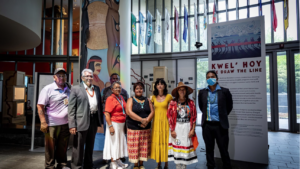Mark your calendars!
Anthropocene: Natural History Museums in the Age of Humanity
ICOM NatHist Conference
October 25-27, 2017
At the Carnegie Museum of Natural History in Pittsburgh
The Natural History Museum is organizing a panel on “Challenging Object Supremacy in the Anthropocene”, as well as an exhibition developed in collaboration with the House of Tears Carvers of the Lummi Nation titled “Kwel’ Hoy: We Draw the Line”, to debut at the Carnegie Museum of Natural History in tandem with the conference.
The conference theme will be the Anthropocene, which will give us an opportunity to feature initiatives that explore the nexus between art and science, as well as to think deeply about global conservation of biodiversity landscapes. The program will be filled with opportunities not only to reflect on our practice, but also to socialize while participating in a range of high quality entertainment.
The Anthropocene is the concept that human activity has had such a profound and pervasive impact on the planet that its effects will be present in the fossil record millions of years from now, thus warranting a dedicated geological era. The concept of humanity’s impact on, and interaction with, the global environment touches on science, conservation, artistic expression, philosophy and even recreation. Natural history museums are at the nexus of these considerations, researching arcane ecological and evolutionary concepts, interpreting them for the public.
The conference will explore the various manifestations of the Anthropocene within the fields of nature, art and the humanities as well as synergies between them. During the conference we will hear from scientists, authors, fine artists and social historians all coming together to explore this topic together.
Several exciting programs and museum events will run in tandem with the 2017 conference. Attendees will receive tickets to the museum’s famous Halloween party and be among the first to see Carnegie Museum of Natural History’s new exhibition—We Are Nature. The exhibition will feature pieces of the museum’s hidden collection in its exploration of the Anthropocene.

